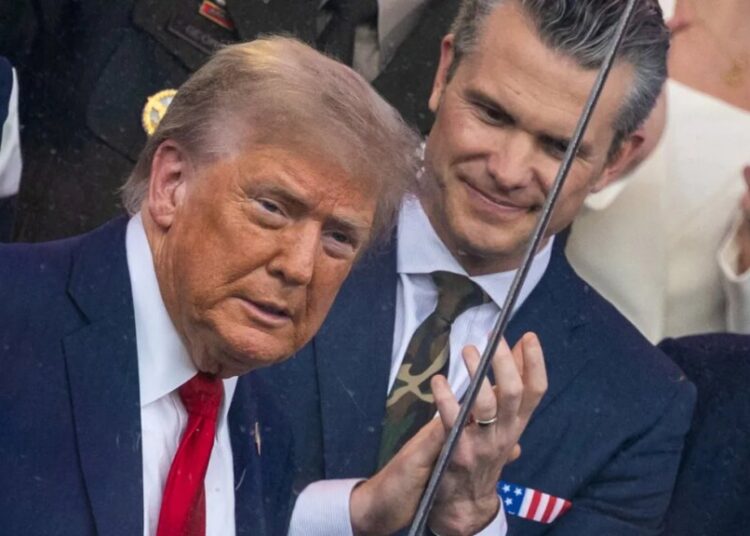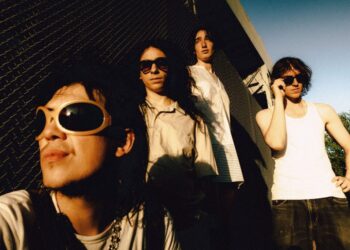In the In Times Past column, David W. Dunlap explores New York Times history through artifacts housed in the Museum at The Times.
Designed by the celebrated artist Marcello Nizzoli, the Olivetti Lettera 32 typewriter exemplifies the aesthetic sensibility of midcentury Italy. It is smooth. It is sleek. It is stylish. It is surprising, too, coming in teal instead of black.
Small wonder that the Lettera 32 and its older sibling, the Lettera 22, are in the collections of the Museum of Modern Art in New York and the San Francisco Museum of Modern Art, among others.
But that’s not why there’s one in the Museum at The Times. The explanation can be found in a quotation from “Frankie’s Place” by James P. Sterba, who worked at The New York Times from 1967 to 1982. He called his Lettera 32 “my old foreign correspondent’s portable typewriter, a workhorse that had served me faithfully through wars and coups and natural disasters across Asia.”
Mr. Sterba used his Lettera 32 to chronicle the Vietnam War, the 1971 India-Pakistan War and the Cambodian-Vietnamese War that began in 1978, as well as guerrilla warfare and famine. Tags attached to the typewriter case attest to its travels: Air Niugini (Papua New Guinea); Biman Bangladesh Airlines; Indian Airlines; Drukair-Royal Bhutan Airlines; Thai Airways; and the Lalitha Mahal Palace Hotel in Mysore, India.
Once Mr. Sterba completed an article, he would turn the typescript over to a telex operator who would retype it for transmission to The Times in New York. (Telexes were typewriter-like machines with which text messages could be sent over telephone lines.) The telex might be in a Times bureau, or a post office, or a well-equipped hotel. The only unchanging element was the dependable Lettera 32 itself.
“This happened to be the smallest, most efficient typewriter,” Mr. Sterba told me in a 2023 interview. (The Lettera 32 is only about four inches high.) “And I think most of us carried them, because you could put the typewriter in its case, and you could hang on to it and to a briefcase with all of the foreign correspondent’s kit inside.”
Recently, Mr. Sterba stumbled across a photo taken of him in 1971 in Jakarta, Indonesia. Joining him at the Lettera 32 was a Swainson’s Blue Mountain lorikeet.
“The bird, which I bought at a local market, liked to ride the carriage as I typed, making typing difficult but no doubt making stories much more readable,” Mr. Sterba wrote in a recent email. “So it goes.”
David W. Dunlap, a retired Times reporter and columnist, is the curator of the Museum at The Times, which houses Times artifacts and historical documents.
The post A Typewriter That Has Traveled the World appeared first on New York Times.




